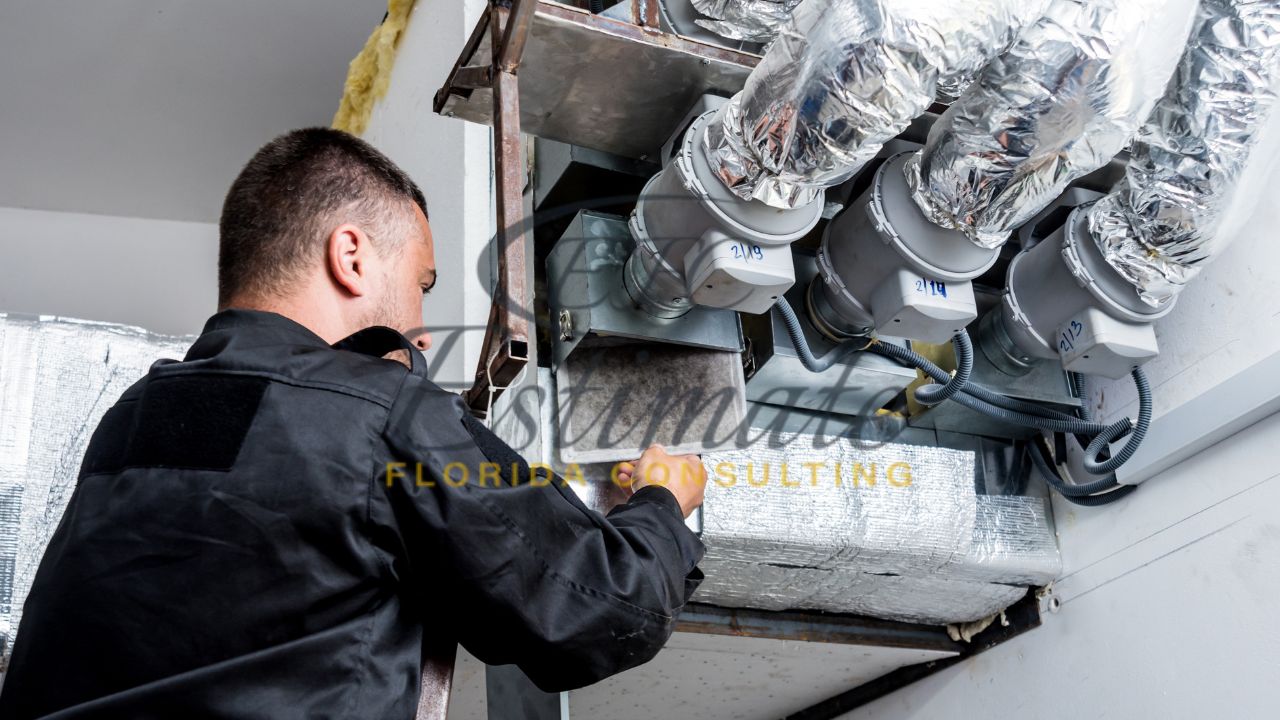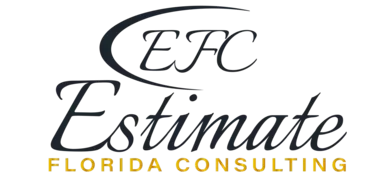Top Property Improvements That Boost Commercial Building Value
Improving a commercial building is more than a maintenance task—it’s a smart investment strategy. Whether you’re managing an office complex, retail space, or mixed-use property, the right upgrades can make a clear difference in its market value. Potential buyers and tenants often pay attention to the quality of improvements before making any long-term commitments.
In places like Fort Lauderdale, FL, property owners face added challenges when deciding what to improve. Coastal weather, high humidity, and strict building codes influence what matters most during renovations. Appearance is still important, but durability and long-term performance rank high on the list too.
As more investors and business owners enter the South Florida market, standing out with functional, modern improvements becomes even more important. A well-maintained property that includes thoughtful upgrades attracts better tenants, commands higher lease rates, and sells faster when the time comes.

The Case for Exterior Upgrades
In Fort Lauderdale, weather conditions are a major factor when planning commercial upgrades. From strong sun to tropical storms, buildings in this region face year-round exposure to heat, moisture, and wind. This makes the exterior one of the most important areas to focus on.
Smart building owners in Fort Lauderdale often start with curb appeal, but not just for looks. Materials used on the outside of the building affect more than first impressions. They impact energy use, indoor comfort, and long-term repair needs. That’s why exterior upgrades provide strong value when done right.
In Fort Lauderdale impact windows are a top choice among commercial property owners looking to improve storm resistance while also increasing energy efficiency and property value. These windows are designed to handle high winds and flying debris, which is critical in a hurricane-prone area. But the benefits go beyond safety.
Impact windows help reduce outside noise and improve insulation, keeping indoor temperatures more stable. That can lower energy bills, which is a big plus for property owners and tenants alike. They also add a modern look that buyers appreciate when assessing building condition.
One example seen across Fort Lauderdale is older buildings replacing standard windows with high-performance impact glass. These buildings often attract stronger lease interest because tenants feel more confident in their safety and comfort. For buyers, the upgrade signals that the property has been maintained with long-term value in mind.
By making this one change, property owners are addressing storm readiness, energy costs, and visual appeal all at once. That makes it a high-impact upgrade, literally and financially.
Modernizing Common Areas and Entry Points
First impressions matter. When visitors, tenants, or buyers enter a building, the condition and layout of shared spaces immediately stand out. Outdated flooring, poor lighting, or worn finishes can make even a structurally sound building feel neglected. That’s why improving common areas should be near the top of your list.
Start with the lobby. Update the lighting to something energy-efficient but warm. Replace old flooring with durable, easy-to-clean materials. Fresh paint in neutral tones gives the space a clean and modern feel. If the building has multiple tenants, consider adding a digital directory. Touch-free access features, like automatic doors and keyless entry, are now standard expectations in many commercial spaces.
Even minor changes, like upgrading signage or adding indoor plants, can make a big difference. These features help your building feel more polished and ready for daily use, which adds to its long-term appeal.
Upgrading HVAC and Ventilation Systems
Heating, ventilation, and air conditioning systems are often overlooked until they fail. But smart buyers and tenants always ask about them. A new or recently upgraded system gives your building an edge.
Modern HVAC systems are more energy-efficient and support better indoor air quality. Tenants benefit from lower utility costs, and you benefit from fewer maintenance calls. In buildings where the system is shared, smart thermostats allow better control over temperature zones, which helps keep everyone comfortable without wasting energy.

Air quality has become more important than ever. Upgraded filters, better airflow, and consistent performance all matter. These systems also make future inspections easier and help your building meet newer standards.
Improving Parking, Lighting, and Exterior Access
Your property’s exterior goes beyond landscaping. Parking, walkways, and lighting all play a role in how people use and view your building. A cracked lot or a poorly lit entryway affects both safety and perception.
Start by checking the condition of your parking area. Repair potholes and repaint faded lines. If your building serves retail or medical tenants, clear signage helps direct visitors. Motion-sensor lighting or LED fixtures around the building improve security while saving on electricity.
Think about accessibility. Ramps, railings, and wide walkways make your property more welcoming to everyone. These upgrades may also help your building meet ADA guidelines, depending on your local regulations.
Investing in Structural and Safety Upgrades
While cosmetic upgrades are helpful, structural improvements show long-term planning. A new roof, waterproofing around the foundation, or updated drainage systems can protect your building for years. These types of upgrades may not be obvious to visitors, but they make a strong impression during inspections or property evaluations.
It’s a good idea to review your most recent building inspection report. Look for recommendations or weak points. Fixing those issues now gives you a better position in future negotiations, whether you’re leasing, refinancing, or selling the property.
Even simple safety updates like new exit signs, updated fire systems, or improved emergency lighting show that the building is maintained to a higher standard.
Smart improvements raise the value of any commercial property. From functional upgrades to visual updates, each step adds something that buyers or tenants care about. These changes make your building stronger, more appealing, and easier to manage. Investing in the right improvements today makes your property more competitive in the long run.

